Anchorage Plates in Orthodontics: Revolutionizing Stability and Treatment Outcomes
Anchorage is a pivotal concept in orthodontics, critical to achieving controlled tooth movement without compromising adjacent structures. Anchorage plates, also known as mini-plates, represent a significant advancement, offering versatility and stability, particularly in complex cases. This article explores their benefits, applications, and limitations, contrasting them with mini-screws and discussing their role in modern orthodontics.
1. Introduction to Anchorage Systems
Orthodontic anchorage systems help control tooth movement by providing a fixed point of resistance. Traditionally, extraoral devices like headgear and intraoral appliances like transpalatal arches were used. However, patient compliance and biomechanical limitations often hindered their effectiveness. The introduction of skeletal anchorage systems (SAS), such as mini-plates and mini-screws, has transformed orthodontic practice by eliminating reliance on patient cooperation and expanding treatment possibilities.
2. The Mechanics of Mini-Plates
Anchorage plates are small, biocompatible titanium devices surgically fixed to the bone, typically above the roots in areas such as the zygomatic buttress or mandible. Their design enables them to handle multi-directional forces, making them ideal for complex tooth movements like molar intrusion, en-mass retraction, and even skeletal corrections.
Key benefits of mini-plates include:
· High stability: They are less prone to loosening compared to mini-screws.
· Application in diverse anatomical areas: Mini-plates can be placed where traditional anchors might fail.
· Compatibility with immediate loading: Orthodontic forces can be applied shortly after placement, expediting treatment timelines.
3. Comparison with Mini-Screws
Mini-screws are a more conservative alternative, requiring no surgical flap, but they are limited in stability and prone to complications like loosening and infection. While mini-screws are suitable for less complex cases due to their ease of placement and removal, mini-plates offer superior anchorage for challenging scenarios.
Advantages of Mini-Screws:
· Minimally invasive and cost-effective.
· Easier to place and remove.
· Avoid surgical complications.
Advantages of Mini-Plates:
· Reduced risk of loosening.
· Superior biomechanical stability for heavy or multidirectional forces.
· Minimized risk of root interference as they are positioned in extra-alveolar regions.
4. Applications of Mini-Plates
Molar Distalization
Mini-plates enable efficient molar distalization, reducing treatment time and avoiding extractions. This is especially beneficial in addressing Class II malocclusions and dental crowding.
Anterior Open Bite Correction
By applying intrusive forces on posterior teeth, mini-plates facilitate the closure of anterior open bites, an area where traditional mechanics often fall short.
Surgical Alternatives
In patients with severe skeletal discrepancies, mini-plates serve as an alternative to orthognathic surgery, offering non-invasive solutions for cases like vertical maxillary excess or Class III malocclusions.
Support for Rapid Palatal Expansion
Anchorage plates improve the outcomes of rapid palatal expansion by enhancing stability and minimizing adverse effects on the temporomandibular joint (TMJ).
5. Limitations and Complications
While mini-plates are advantageous, they are not without drawbacks:
· Surgical requirements: Placement and removal necessitate minor surgical interventions, potentially leading to soft tissue irritation or infection.
· Cost: Higher expenses compared to mini-screws may limit accessibility for some patients.
· Soft tissue issues: Plates exiting through mobile mucosa can cause discomfort and irritation, emphasizing the need for precise surgical placement in fixed mucosa.
Despite these limitations, their advantages often outweigh potential complications, particularly in complex cases.
6. Conclusion
Anchorage plates have redefined orthodontic treatment possibilities, offering stability and versatility that far surpass traditional methods. While mini-screws remain a viable option for less demanding scenarios, mini-plates are the anchor of choice for challenging cases requiring robust support. As technology and surgical techniques advance, anchorage systems will continue to play a central role in achieving predictable, efficient orthodontic outcomes.
References for Further Reading:
1. Sharma, A.K., et al. Skeletal Anchorage Systems in Orthodontics: A Review. Acta Scientific Dental Sciences
2. Benson, P.E., et al. Midpalatal Implants vs. Headgear for Orthodontic Anchorage. American Journal of Orthodontics
3. Wilmes, B., et al. Efficacy of Orthodontic Mini-Implants. International Journal of Implant Dentistry
4. Yadav, S., et al. Mini-Screw-Assisted Rapid Palatal Expansion. Angle Orthodontist
5. Bilodeau, J.E. Retreatment Using Mini Bone-Plate Anchorage. American Journal of Orthodontics
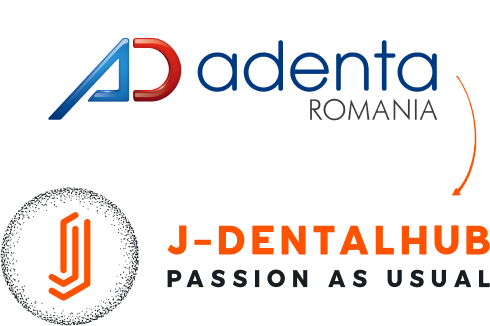

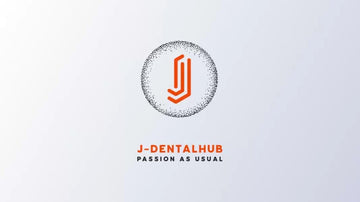

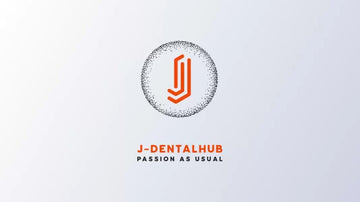
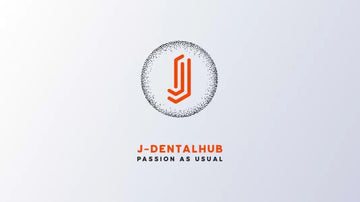
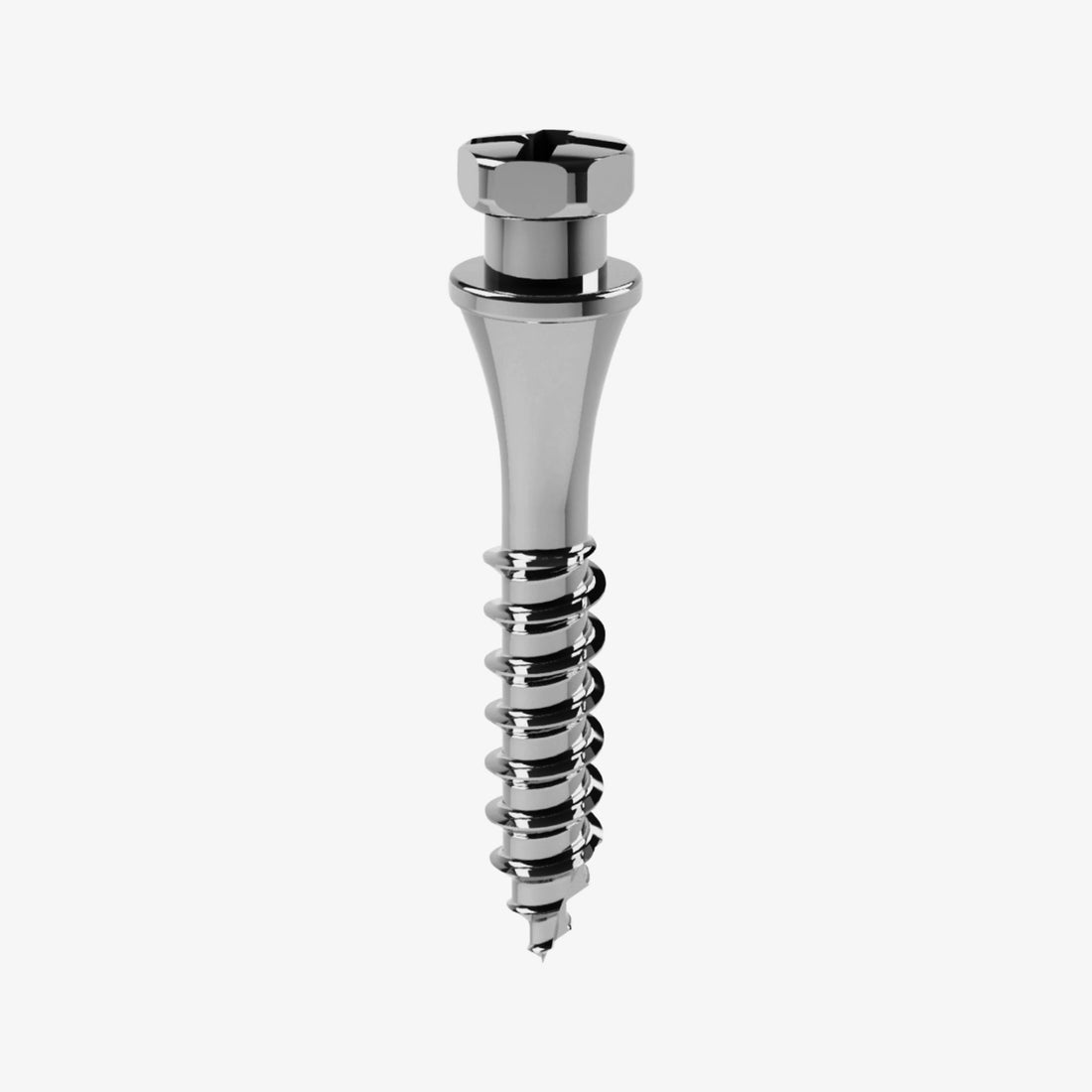
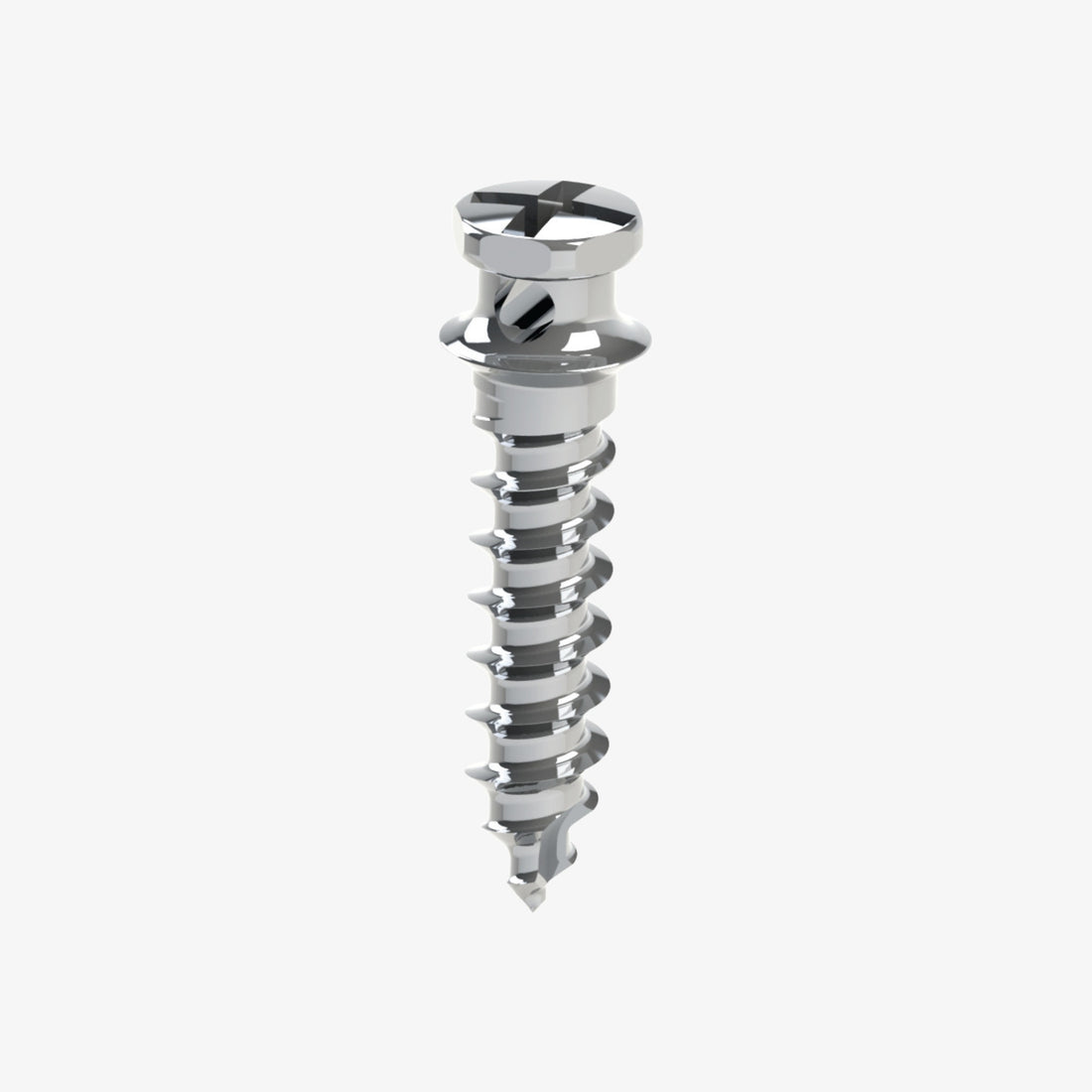
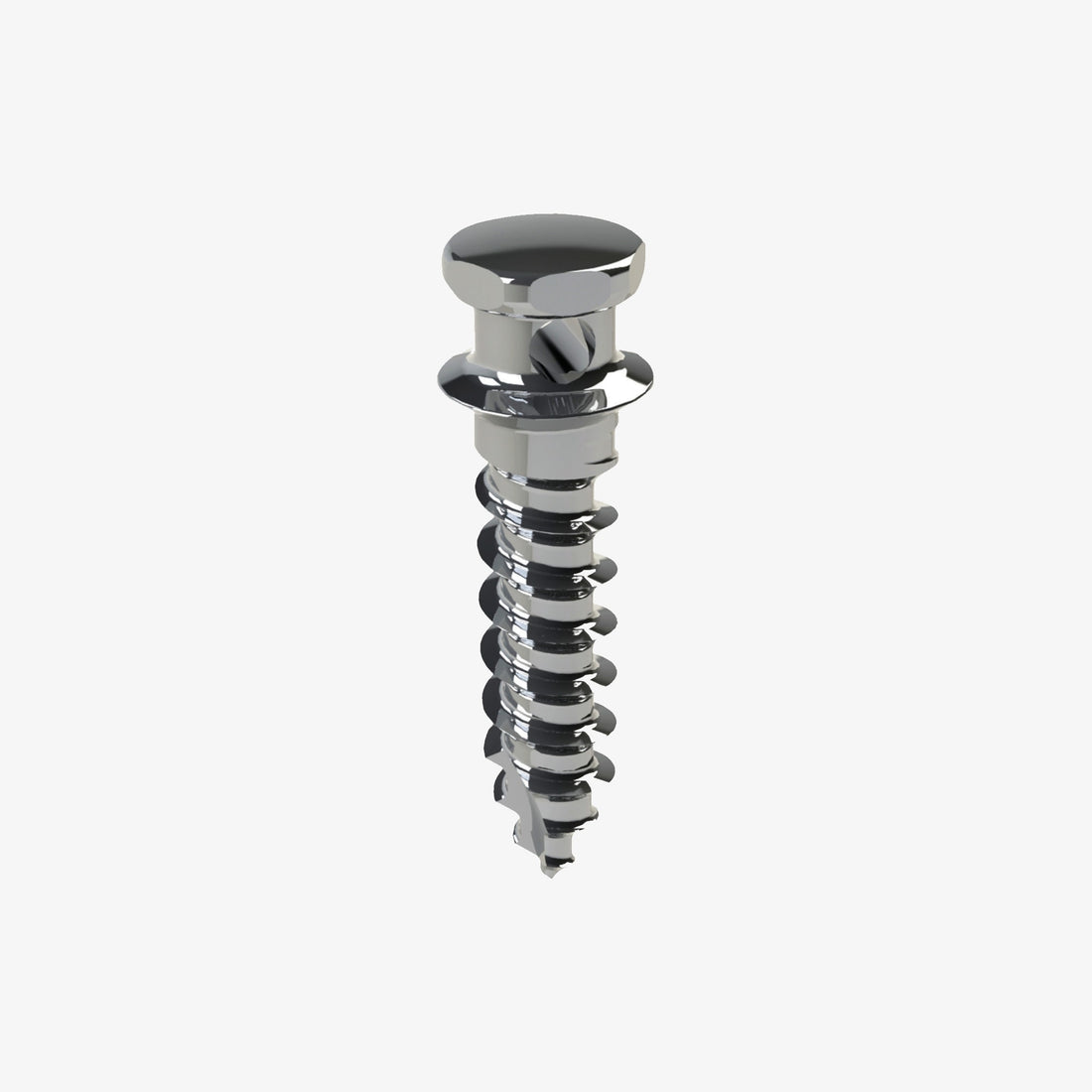
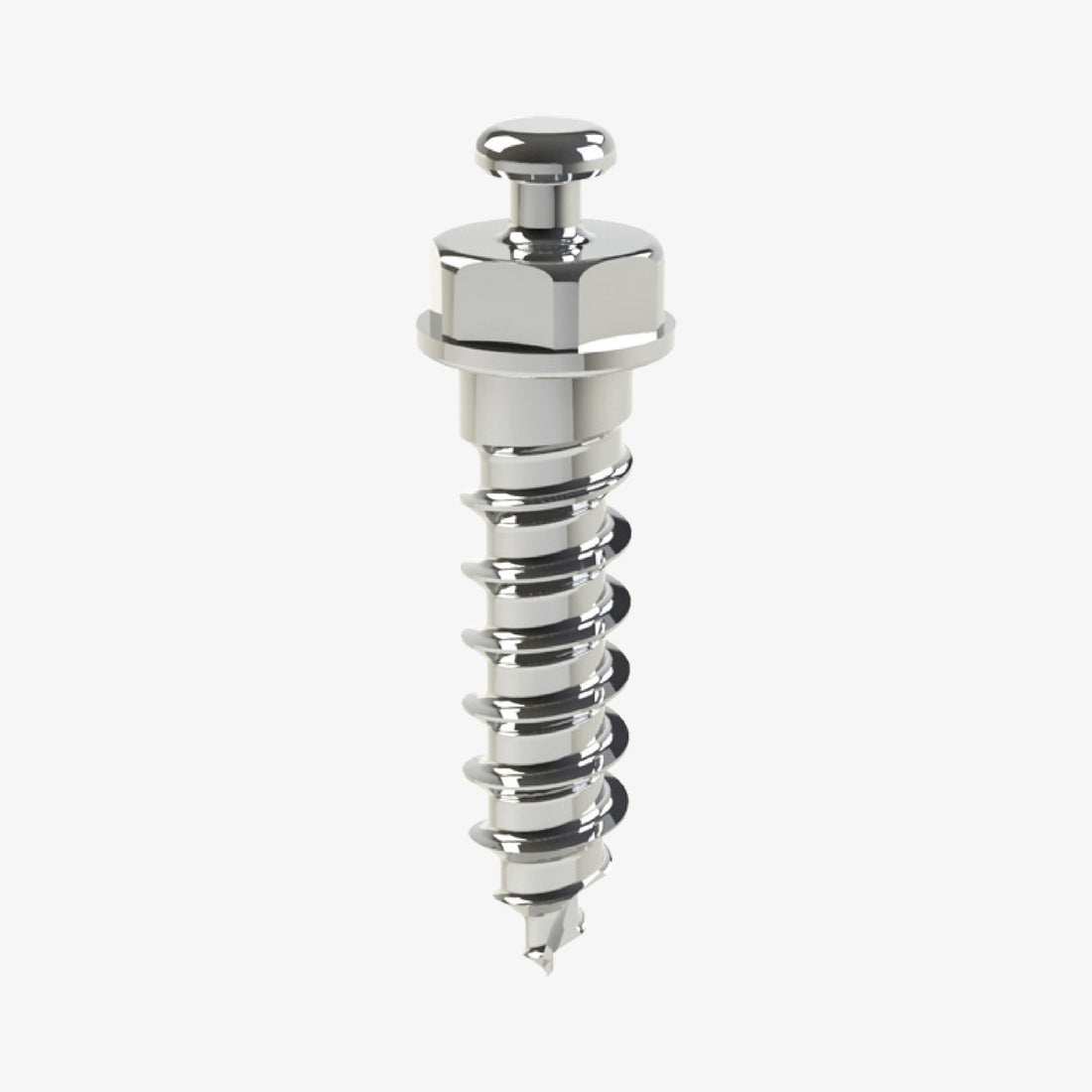

 0745 100 497
0745 100 497


